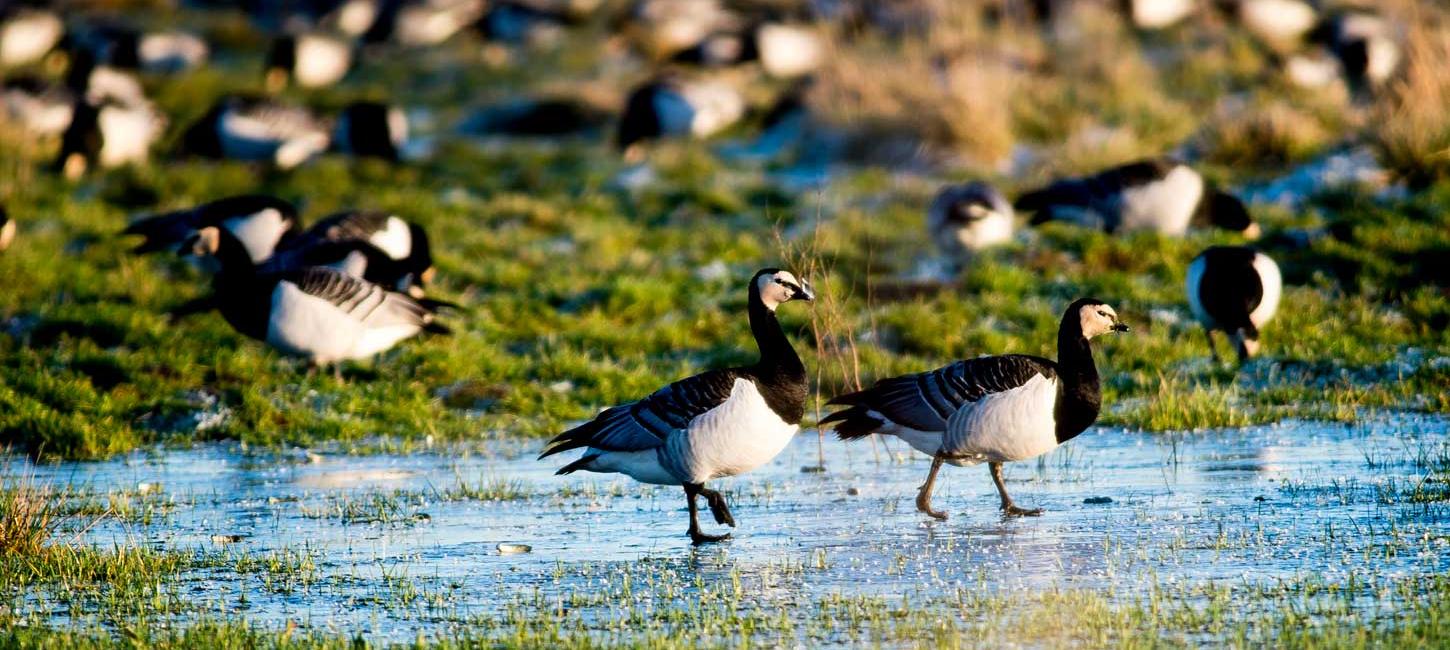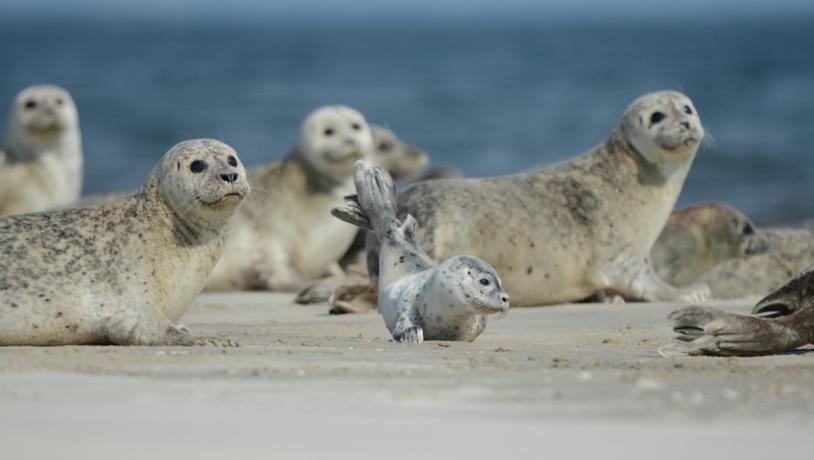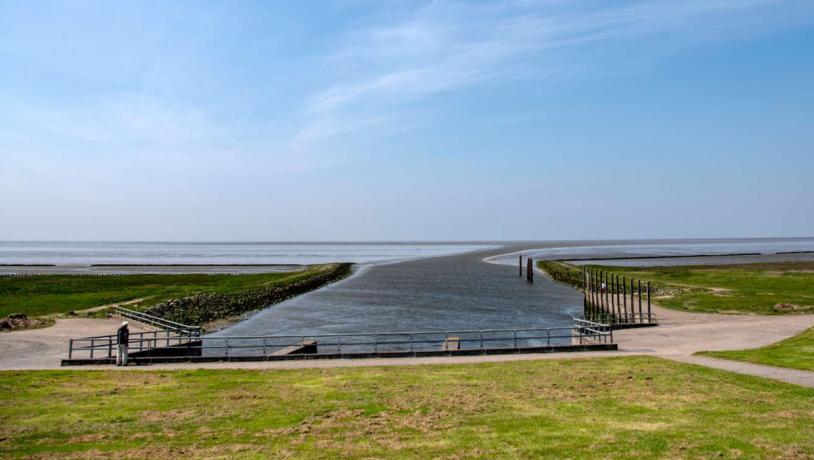Black Sun in the Wadden Sea
Just before settling down for the night, large flocks of starlings create fascinating patterns in the sky that almost eclipse the sun; hence the Danis...

In 2014 the Danish section of the Wadden Sea was admitted onto UNESCO’s world heritage list, which has generated even greater interest in this fantastic area of natural beauty.
At first sight, the sea looks like any other on this morning. A few small waves roll onto the shore, but the water is otherwise calm. A couple of birds glide gently across the beach, on which a handful of people are enjoying a morning walk. However, if you come back five hours later, quite a different sight awaits you: the water will have disappeared - completely.
We are in Sønderjylland’s westernmost corner, where the Wadden Sea creates up a wonderful natural boundary to the much fiercer North Sea. The Wadden Sea is known for its powerful tides, with high tide and low tide separated by intervals of around 6 hours. In this area, the sea level can vary by up to 1.80 metres, which is the reason why some stretches of coastline are sometimes completely dry, whilst they are flooded at other times of the day.
In June 2014 the Wadden Sea had the honour of being admitted onto UNESCO’s World Heritage List, as one of only a small handful of places in Denmark. The World Heritage List is a list of the planet’s most exceptional natural and urban areas worthy of preservation. Admittance onto the list occurred on the basis of the Wadden Sea’s great natural diversity. Both the German and Dutch areas of the Wadden Sea had been admitted onto the list previous. Furthermore, since October 2010 the Wadden Sea has been a part of the Wadden Sea National Park.
Its position on the world heritage list has had a major effect on interest in the Wadden Sea – not least amongst foreign visitors. Southwest Jutland has always been popular amongst German tourists, who primarily visit the region because of its lovely beaches. Its place on the list has increasingly attracted other nationalities and there has been an increase in visitors from Italy, Spain and America – typically people who travel specifically to experience locations that have World Heritage status.
And what can these increasing numbers of tourists experience when they visit the Wadden Sea National Park? First and foremost fantastic wildlife – not least the birds. Between 10 and 12 million birds pass through the region every year on their migratory routes.


In the spring they fly north, whilst in the autumn they head south. They usually make a stop en route in and around the Wadden Sea because the area is particularly rich in food. Migratory birds include starlings, dunlins and geese. The periods from March to May and from September to November are the best times of the year to experience the great bird migrations that seem to hold a magnetic attraction for amateur ornithologists and professionals alike. The large flocks of birds are, however, also a great sight for observers who have no particular interest in birds.
In addition to the migratory birds, the area is also a habitat for several million resident birds – including many oystercatchers and curlews.